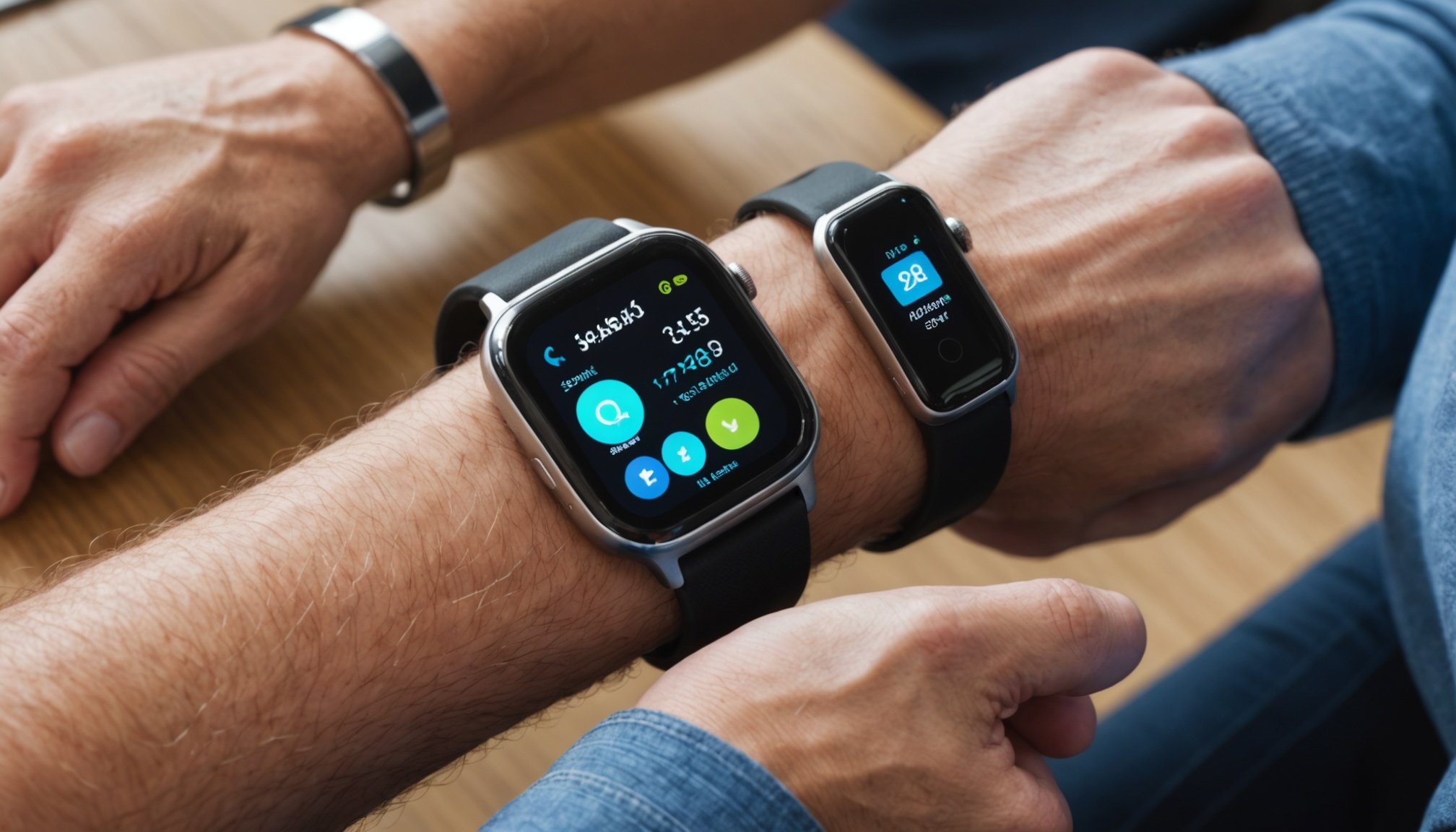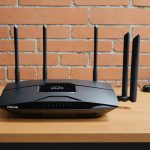Safeguarding Your Personal Information on Wearable Health Gadgets: Essential Strategies
In the era of wearable technology, where fitness trackers, smartwatches, and other wearable devices have become an integral part of our daily lives, the concern for personal data security has never been more pressing. These devices, designed to monitor and improve our health, collect a vast amount of personal and health-related data, making them a potential goldmine for cybercriminals and data brokers. Here’s a comprehensive guide on how to protect your personal information when using wearable health gadgets.
Understanding the Risks Associated with Wearable Devices
Before we dive into the strategies for safeguarding your data, it’s crucial to understand the risks involved. Wearable devices, such as fitness trackers and smartwatches, collect a wide range of data including heart rate, sleep patterns, location, and even sensitive health information. This data, if not properly secured, can be vulnerable to various threats.
Have you seen this : Essential Strategies for Designing a Secure and Intuitive Fintech Application: Key Insights for Achieving Outstanding Results
Data Collection and Privacy Concerns
Wearable devices are designed to collect data continuously, often without the user’s active engagement. For instance, a fitness tracker might monitor your heart rate and location throughout the day. While this data is useful for health monitoring, it also raises significant privacy concerns. As Ivano Somaini, an expert in cybersecurity, notes, “These data can provide sensitive information to harassers, pedophiles, or fraudsters if they fall into the wrong hands”[3].
Cybersecurity Threats
The rise of wearable technology has also led to an increase in cybersecurity threats. Hackers can exploit vulnerabilities in these devices to gain unauthorized access to your personal data. For example, if a wearable device is connected to a poorly secured home network, it can become a gateway for hackers to access other devices on the network[2].
Additional reading : Unleashing Quantum Power: Innovative Strategies for Tackling Major Optimization Hurdles
Implementing Robust Security Measures
To protect your personal information, it is essential to implement robust security measures from the outset.
Secure Your Device with Strong Passwords and MFA
Using strong, unique passwords and enabling Multi-Factor Authentication (MFA) is a fundamental step in securing your wearable device. MFA adds an extra layer of security by requiring a second form of verification, such as a code sent to your phone or a biometric scan, in addition to your password.
- Use complex passwords that include a mix of uppercase and lowercase letters, numbers, and special characters.
- Enable MFA whenever possible.
- Avoid using the same password for multiple accounts.
- Regularly update your passwords to maintain security.
Keep Your Device and Apps Updated
Ensuring that your wearable device and its associated apps are up-to-date is crucial for security. Manufacturers often release updates that patch security vulnerabilities and improve overall security.
- Set your device to automatically update when new updates are available.
- Regularly check for app updates and install them promptly.
- Be cautious of third-party apps and only download from trusted sources.
Use Encryption and Secure Connections
Encryption is a powerful tool for protecting your data. When transmitting data from your wearable device to other devices or servers, ensure that the connection is secure.
- Use HTTPS (Hypertext Transfer Protocol Secure) when transmitting data over the internet.
- Enable encryption on your device and associated apps.
- Avoid using public Wi-Fi for sensitive data transmission; instead, use a VPN (Virtual Private Network) if necessary.
Managing Data Access and Sharing
Understanding who has access to your data and how it is shared is vital for maintaining your privacy.
Review App Permissions
Many wearable devices come with apps that require various permissions to function. However, some apps may request more permissions than necessary, which can compromise your privacy.
- Review the permissions requested by each app before granting access.
- Deny permissions that are not essential for the app’s functionality.
- Regularly audit the permissions granted to apps and revoke any that are no longer necessary.
Be Cautious of Data Sharing
Wearable devices often share data with third-party services, such as health apps or social media platforms. Be cautious about what data you share and with whom.
- Read the privacy policies of apps and services before sharing your data.
- Opt out of data sharing whenever possible.
- Use anonymization tools if available to protect your identity.
Using Advanced Security Features
Modern wearable devices and their associated platforms often come with advanced security features that can significantly enhance your data protection.
Samsung Knox Matrix: A Comprehensive Security Solution
For example, Samsung’s Knox Matrix uses blockchain technology to protect connected devices, including wearable health gadgets. This system ensures that data is encrypted and can only be decrypted by the user’s devices, providing a robust layer of security[1].
| Feature | Description |
|
|-----------------------------------------------------------------------------|
| Credential Sync | Ensures data is encrypted and decrypted only by the user's devices. |
| Knox Vault | Stores sensitive information like passwords and PINs in a secure location. |
| Blockchain Technology | Protects connected devices by ensuring data integrity and security. |
| SmartThings Integration | Offers intelligent connectivity and personalized home automation. |
Best Practices for Users
Here are some best practices that users can follow to protect their personal information on wearable health gadgets:
Regularly Monitor Your Data
Keep an eye on the data collected by your wearable device and ensure it is accurate and secure.
- Regularly review the data collected by your device.
- Check for any anomalies or unauthorized access.
- Report any suspicious activity to the manufacturer or service provider.
Educate Yourself
Stay informed about the latest security threats and best practices for protecting your data.
- Follow cybersecurity blogs and news to stay updated on the latest threats.
- Participate in online forums and communities to learn from other users.
- Attend workshops or webinars on data security if possible.
Use Privacy-Focused Features
Many wearable devices and apps offer features designed to protect user privacy. Make use of these features to enhance your security.
- Enable privacy modes or incognito modes when available.
- Use features that anonymize your data before sharing it with third parties.
- Opt for devices and apps that prioritize user privacy.
Protecting your personal information on wearable health gadgets is a multifaceted task that requires a combination of robust security measures, careful data management, and ongoing vigilance. By understanding the risks, implementing strong security practices, and using advanced security features, you can significantly enhance the protection of your data.
As you continue to use wearable technology to monitor and improve your health, remember that your data is valuable and deserves the highest level of protection. Stay informed, stay vigilant, and always prioritize your privacy and security.
In the words of a cybersecurity expert, “The key to protecting your personal data is not just about the technology you use, but also about how you use it. Be mindful of what data you share, with whom, and how it is protected.” By following these strategies, you can ensure that your wearable health gadgets remain a tool for health improvement rather than a vulnerability for data breaches.











